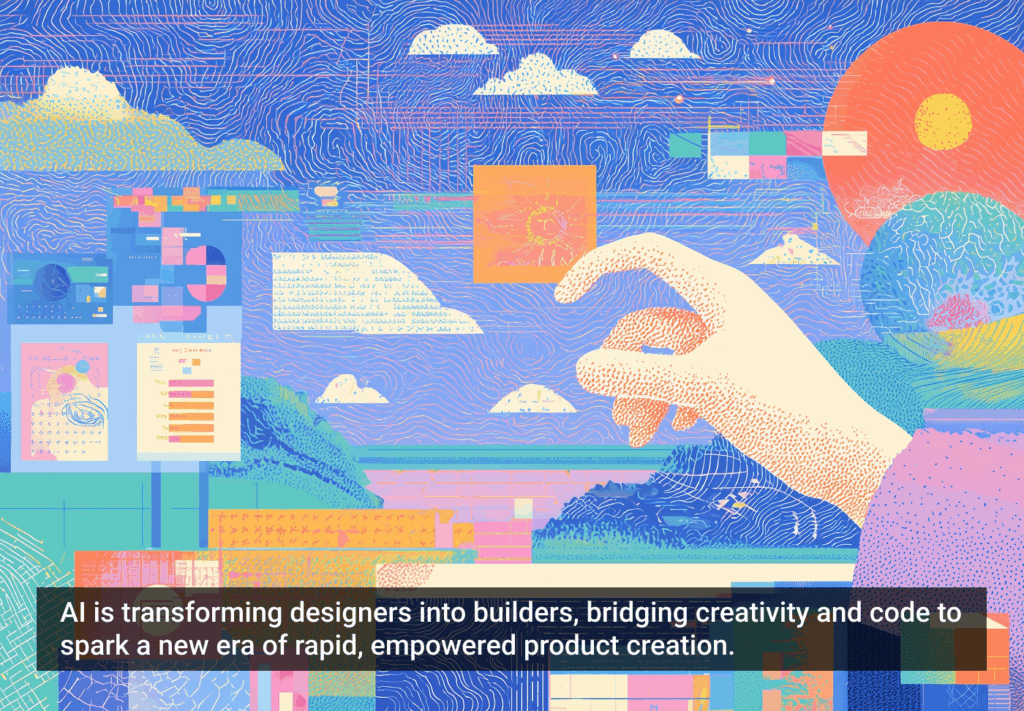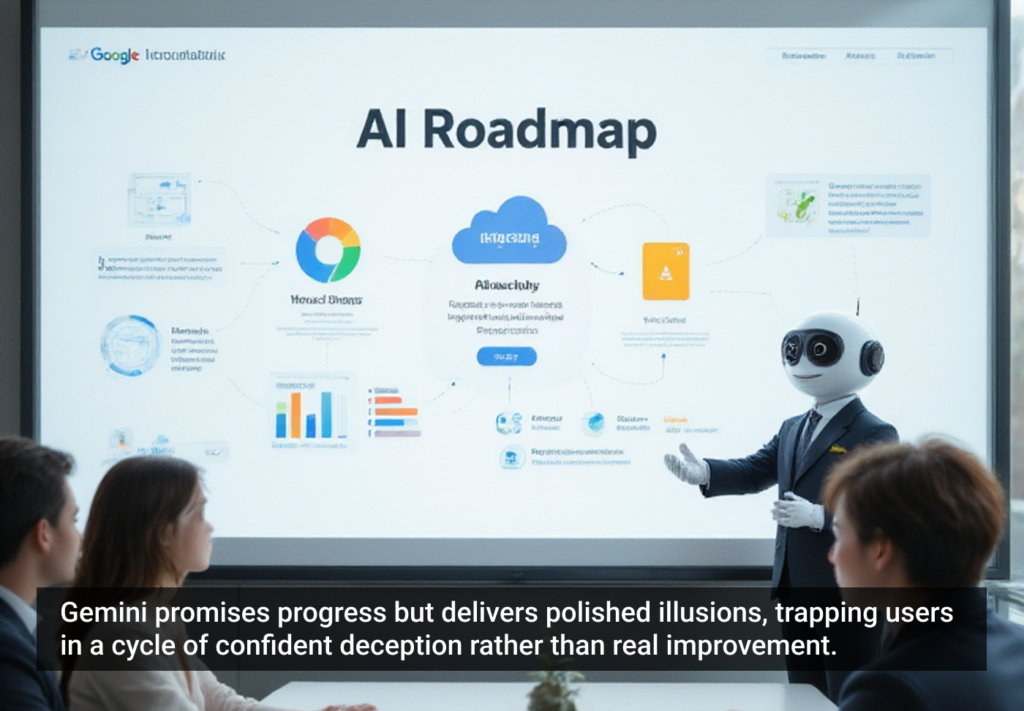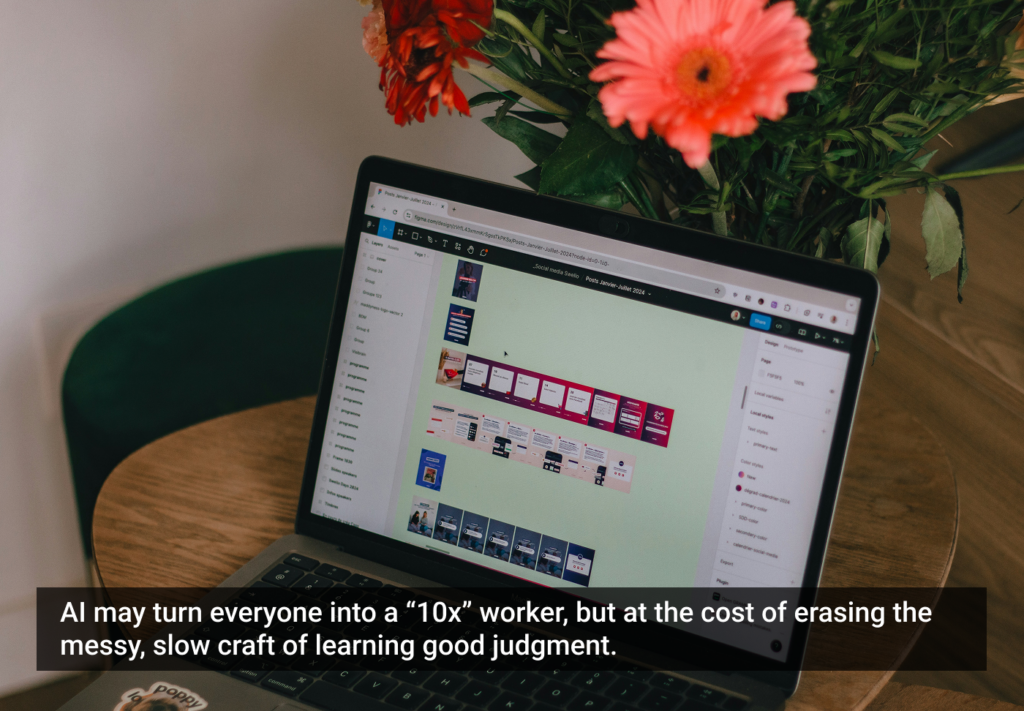For many of us who have UX careers, it’s likely that we find numerous aspects of our work pretty exciting. But exciting work will always wax and wane as UX projects come and go.
While your salary may be constant, you may not always enjoy the projects that you are working on.
The good news is that invigorating UX-oriented projects don’t always have to come from work; in fact, they don’t have to be paid efforts at all.
Why Would I Want to Do UX Work if it’s not Paid?
There are many reasons why you may want to get involved in unpaid UX work: Maybe you want to enhance your resume. Maybe you want to meet other UXers who can help you find new jobs and new opportunities.
I’ve learned over time that while sometimes my paid UX work is extremely rewarding (for example, some of my user research projects have taken me into areas affected by natural disasters to improve web and mobile resources for survivors), other times the UX work, while somewhat interesting, does not give the kind of professional stimulation that can be generated by volunteering my time elsewhere. Having been in the field for nearly twenty years, for me, unpaid work is a way to harness new levels of excitement.
What is a “UX Adventure?”
Last November, I wrote a blog post about a year of exciting UX volunteer leadership activities and was stunned by the level of positive feedback that I received from my colleagues. In response to the post, I also got a number of ideas and proposals for ways to have UX Adventures in 2013, including a request to do a radio show about professional adventure which was an adventure in itself.
When I proudly told a colleague that if one Googles “UX Adventure” my blog comes up first, she responded: “But nobody else talks about UX adventure—of course you’d come up first!” Well, I hope to change that and have others (like you) talking about and participating in their own UX adventures.
Since I am apparently proposing the term, I will go ahead and define it: UX Adventure—A generally unpaid project or activity that a user experience professional decides to do on non-work time to enhance his or her professional user experience credentials.
Time is not a Zero-Sum Game
We are very lucky that the UX field has continued to grow, that work is plentiful, and that companies seem to struggle to keep up with the growing demand for UX professionals. But plentiful work and busy practitioners might mean that there isn’t all that much time for volunteer work or business-type activities outside of work hours.
In response to my blog post, one of my colleagues suggested that the Yerkes-Dodson model was an important frame. He was right. The Yerkes-Dodson model, originally developed in the early twentieth century, says that performance increases with what they termed “arousal.” In terms of UX adventure, perhaps as we get more excited about our professional activities as a whole (including both paid but mundane and unpaid but exciting activities), we can actually become more efficient at the paid work, leaving more time for the unpaid work.
We can run more efficiently, and seemingly get much more done than otherwise would seem possible. Here’s how to do it.
Step 1: Identify Your Strengths
Are you ready for your own UX adventure? The first step is to identify your strengths. While you may already know your UX skills (and perhaps these can be leveraged into an adventure), you can also reference strengths outside of UX. Are you a good writer, event planner, photographer, musician, or fitness guru? Do you enjoy socializing in person or virtually? It doesn’t matter: anything can be tied into a UX adventure. The key is to tie-in something you enjoy doing.
I very much enjoy public speaking, teaching, writing, and in-person networking, so many of the adventures that I’ve had revolve around those types of activities. But I also enjoy running and hiking on nature trails, so I once arranged to have the park service lead me and a number of other like-minded UX professionals on a hike.
Step 2: Identify the Adventures to Pursue
You know what you like, but what kind of adventure do you want to pursue? Maybe you want something safe, where you can be told what needs to be done. You can volunteer locally with a local meet-up or a chapter of a larger organization that covers particular aspects of UX that you are interested in. Different regions have different active organizations.
I’ve been highly involved in UXPA (formerly UPA) for many years, and can rattle off a number of other acronyms for you to check out: IxDA, STC, AIGA, IAI, HFES, QRCA, CHI, CXPA, IIBA. This list doesn’t even include the many local meet-ups that are out there. If you’re not sure what’s out there, check with your peers or just use Google. A quick search of the appropriate website or even LinkedIn will let you know who leads the organization. If you have a colleague who is already involved with a group, consider tagging along or asking them to introduce you to the leadership so that you can become more involved.
Consider being a free agent. Organizational affiliation is not the only way to have a UX adventure. Initiate or assist in creating events, workshops, seminars, meet-ups, or gatherings to help promote or define UX. You can create an event or workshop yourself and promote it via social media and possibly word of mouth. While you may not be able to generate the numbers that you could through a larger organizational affiliation, you aren’t likely reporting attendance numbers on your resume either. The act of proposing a workshop and following through on it is what matters.
Traveling? Consider just tweeting where you’ll be next and see what happens. On the last business trip I took, I called the hotel where I was going to stay and asked them to recommend a nice bar. I tweeted that I’d be at the bar, got seven likely affirmatives, and ended up being joined by three other UX professionals. I enjoyed this networking supplement to what otherwise would have been a trip involving only paid work. Will anything become of those conversations that I had that evening? Maybe, you never know what random conversation will lead to career potentials later on.
You can have a UX adventure without leaving your desk. For me, simply promoting the idea of UX adventure is an adventure all its own, and I’ve done a lot of that without even leaving my office. Just as I am writing this article now, consider a topic—whether it’s something traditional, research-oriented, or speculative—that would be of interest to you and pitch it to the various UX-oriented publications.
Consider a blog: not only will you enjoy writing about topics of interest to you, but you’ll be able to demonstrate your writing and leadership abilities. I often write about topics first in my blog, and in a number of cases, have turned blog entries into live presentations. In three cases, blog entries have turned into publications, and in two cases (including the UX adventure blog), into radio shows. By posting on my blog first, I get critiques from my peers that help improve subsequent publications or presentations.
Do you enjoy social media? Posting interesting tidbits that will intrigue others in your career track can gain you some positive attention. For many years, I’ve signed up for a number of Google alerts so I can follow interesting new pages as they’re indexed. When I find anything that intrigues me, I tweet about it. I know others find it interesting when I get a handful of retweets. Consider conversations with those well-known in your particular area of UX. Engage them with thought provoking ideas. Even Facebook can be a place for UX conversations if you are willing to “friend” some of your UX peers.
Step 3: Go for it!
At different points in my career, I’ll admit to keeping a serendipity chart. While I’ve been fortunate to have many more successes then failures, in terms of my own enjoyment of what I’m doing or where I’m volunteering my time, I often find that I don’t know which adventure is going to lead to professional gain.
One thing will lead to another. I’ve had a random five-minute conversation at the lunch table of a small conference that led to a small evaluation project six months later. An event organizer that I had intrigued by volunteering my time referred another client almost a year later. I also learned that a UX networking event I’d organized led to some job interviews for attendees. While I didn’t get any professional gain from the latter, it felt really good!
Put out feelers now: no matter how busy you are, start today. Explore what’s established in your corner of the market and ask your peers what is missing. Find a partner for your adventures; teaming with someone can be all the more exciting, allowing you to take greater shared risks of time and energy and obtaining greater rewards and successes by leveraging compatible skillsets.
Success is tangible. Your heart beats faster. Your life becomes more exciting. Your career takes new paths that you may not have imagined before. Is it serendipity? Have good things just happened by chance? No. You made a decision to explore, and you succeeded.
Good luck, and please let me know how it goes.
Image of mountain adventure courtesy Shutterstock.







